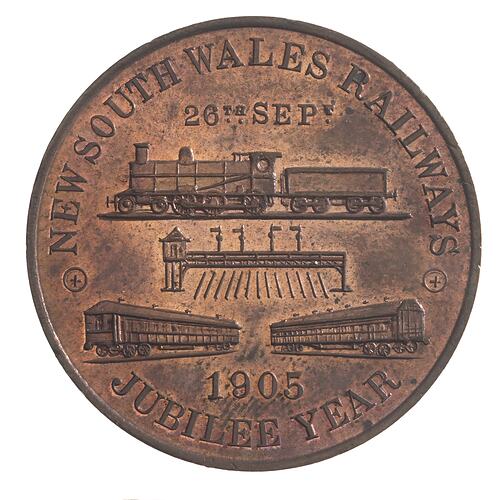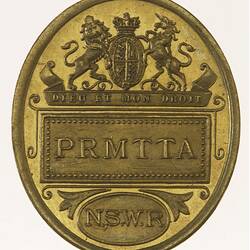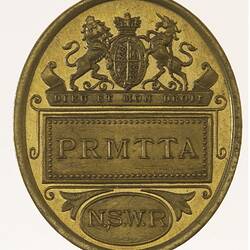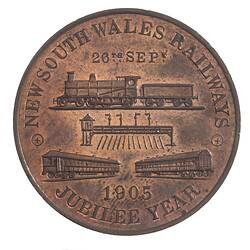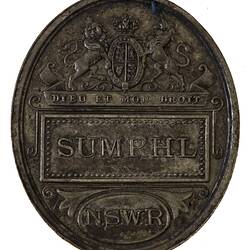The New South Wales railway was the first government-owned railway in the British Empire. It began, however, as a private enterprise that collapsed and was absorbed by the government, as did so many early Australian railways.
In 1849, the Sydney Railway Company started building the first railway track in New South Wales. It ran between Sydney and Parramatta, a distance of 22 km. The project ran into financial difficulty and was taken over by the New South Wales colonial government. The line finally opened on 26 September 1855 - the first in New South Wales. It was the same year that the British government granted NSW responsible government.
One year after the first train in 1855 a line was opened to Liverpool; a line south to Campbelltown opened on 17 May 1858. By the end of the first decade there were 36 stations along 230 km of track.
On 1 May 1889 the Hawkesbury River bridge was completed - the last great engineering work of the 19th century. In August 1906 Sydney Terminal Station opened. Twenty years later, in 1926, the first electric trains ran from Sutherland to the City. Construction was also completed on the line between Sydney and South Brisbane.
In 1962 a standard gauge railways gauge to Melbourne was completed.
New South Wales today has a state network of more than 8,000 km.
References:
State Rail (NSW) website http://www.staterail.nsw.gov.au/Information/Brief_History.htm, accessed 30 Oct 2003
Australian Government Transport and Regional Services website http://www.dotrs.gov.au/transprog/rail/history.htm, accessed 30 Oct 2003.
More Information
-
Keywords
-
Localities
-
Authors
-
Article types
